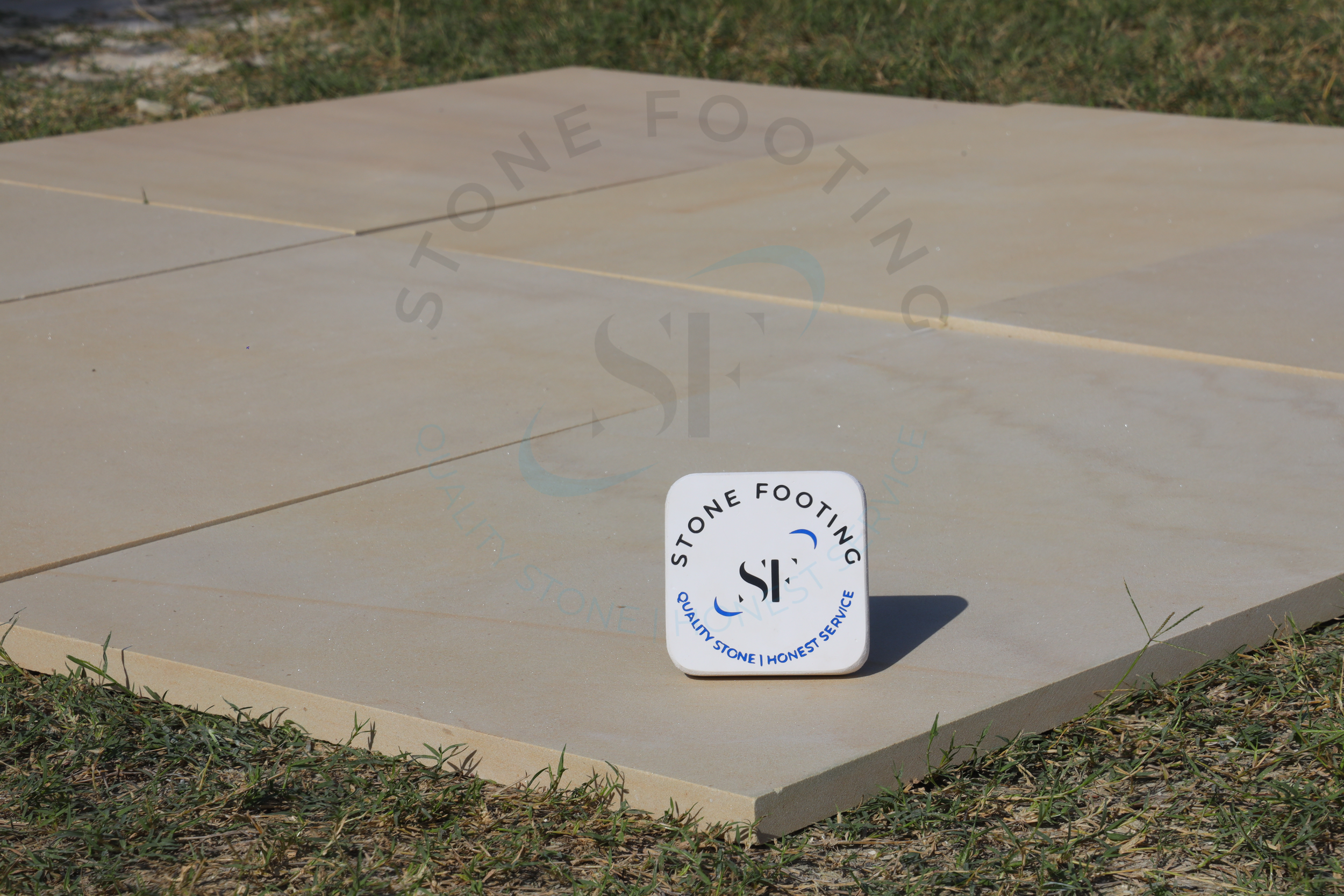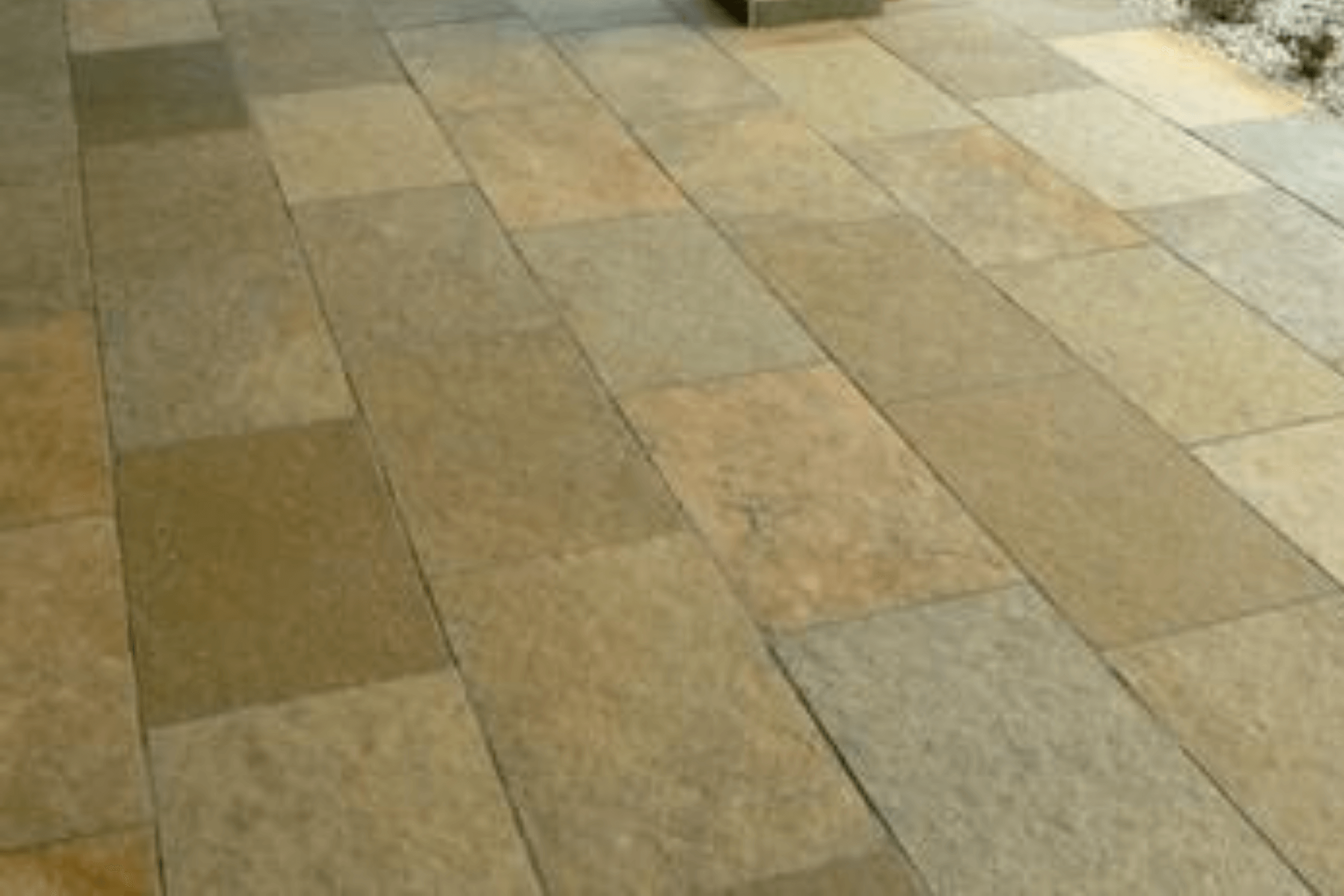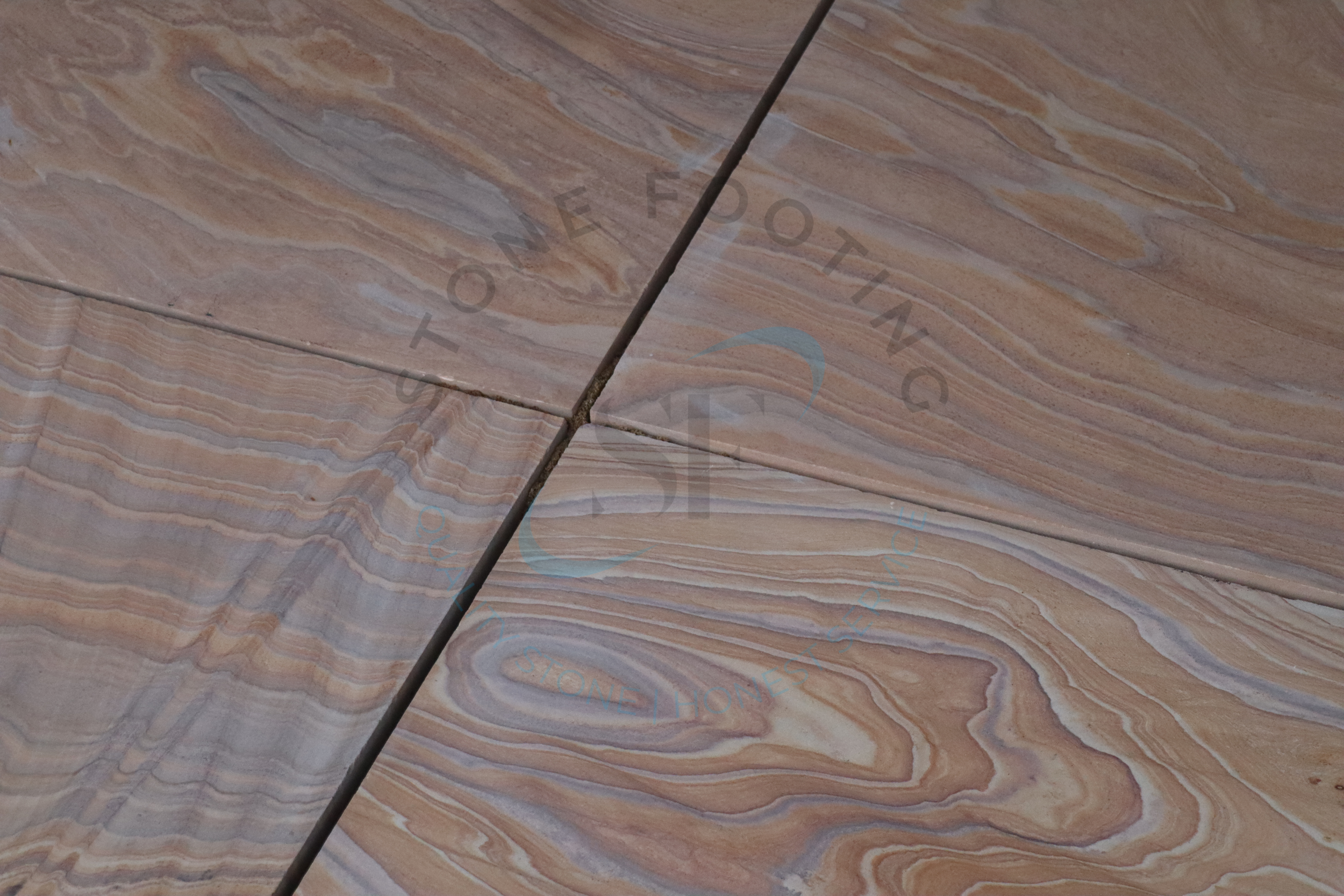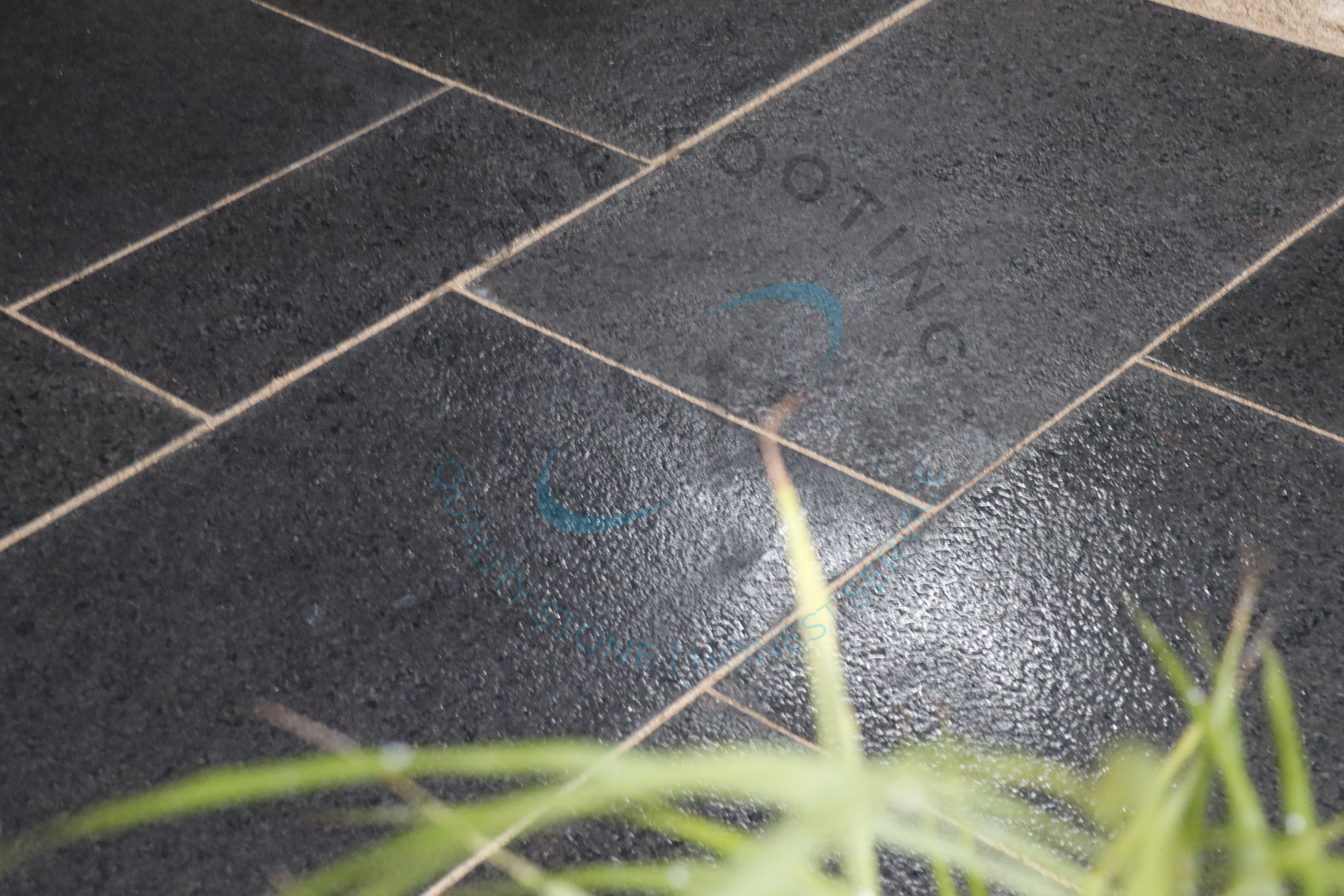Natural Stone Paving Vs. Concrete: Which Is Better?
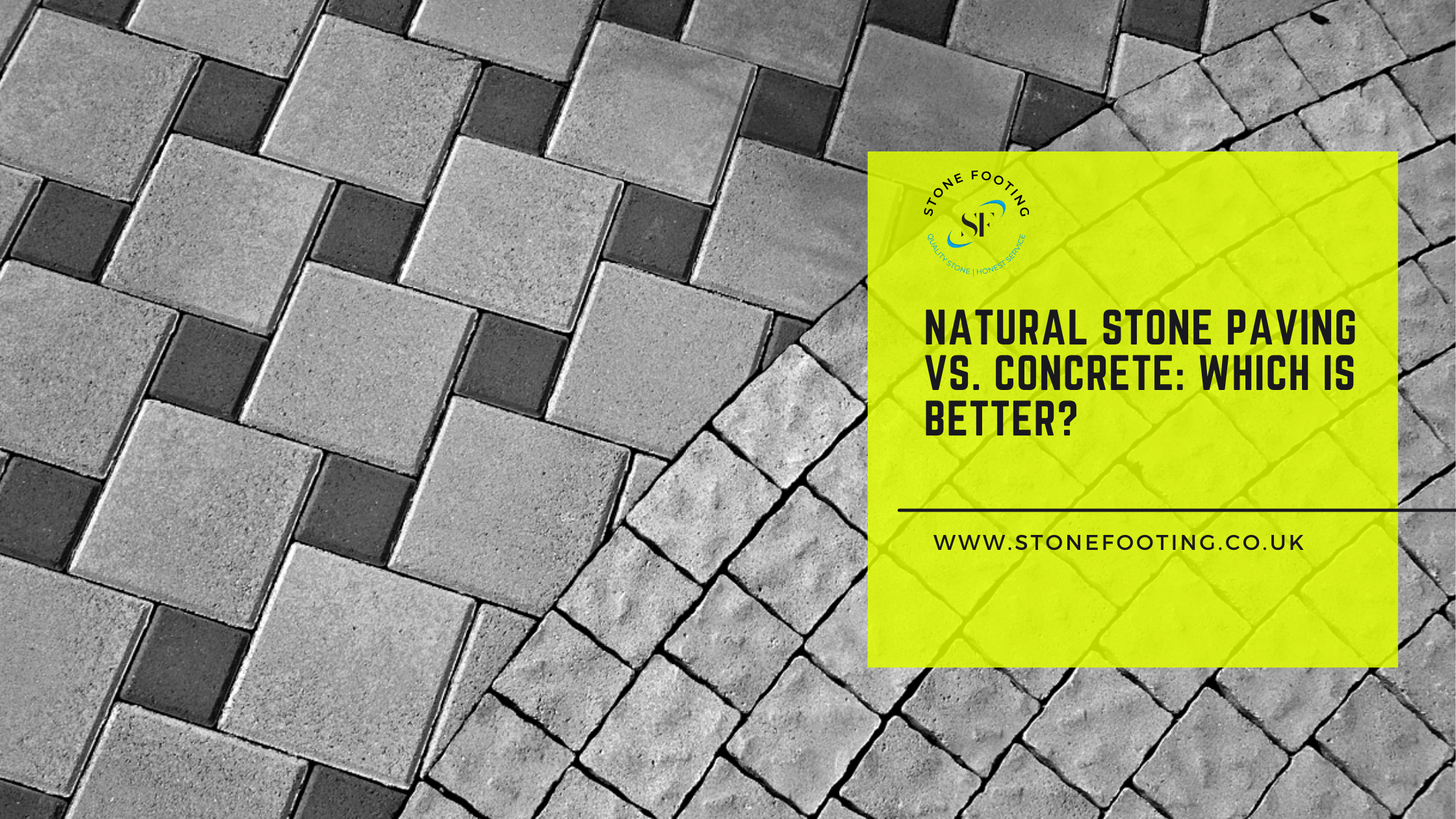
If you’re thinking of rebuilding or adding a walkway, patio, or driveway to your outdoor living space, you might be overwhelmed by the variety of options available. Other paving materials are less expensive than others, while some are more lasting and easy to maintain.
Concrete slabs and natural stone pavings are the most extensively used paving materials nowadays.
Hence, you can use this checklist to determine if natural stone paving or concrete are the best options for you.
Natural Stone Paving VS Concrete
According To The Budget
Concrete is less expensive per square foot than natural stone paving, which is good news for your wallet. This helps to explain why it’s so common in driveways and other paving applications. While the initial cost is little, preserving concrete is difficult.
In Terms Of Uniqueness
Travertine, granite, flagstone, sandstone, and limestone are examples of natural stone pavers. These natural materials come in a variety of hues and have their own properties. They have an earthy aspect to them, but they’re also sumptuous and textured.
These pavers come in a variety of forms, sizes, and textures as well. You can generate an unusual character and high level of visual intrigue with uneven natural stone pavers that you couldn’t get with concrete pavers. With the delicate symmetry and rough lines that natural stone pavers provide, you can give your outdoor space a naturally made appeal.
From weathering to formational procedures and natural age, these landscape elements are made from real rocks, and each piece has its own unique look.
Concrete pavers, on the other hand, are available in nearly any size, shape, texture, or color due to their man-made nature. They come in a variety of sizes, from huge squares to classic brick designs to elongated plank pavers. Concrete copies of natural stones, bricks, and other materials are also available. Concrete pavers are designed to be durable and strong, yet even with precautions, they are susceptible to cracking. Although concrete pavers are a cost-effective alternative, they are slick when wet and maintenance can be costly. You’ll have to think about these things before making your selection.
Processing Installations
Because it requires a lot of classification, reseeding, and labor to install and is prone to shifting and breakage, concrete pavers are often more expensive than other pavers. However, with skilled installation and regular maintenance, your landscape installer can minimize the negative effects of weather and age.
However, natural stone is costly because it must be extracted from a quarry. Because of the unequal thickness and unusual forms of the stones, it takes extra time to install and balance.
Natural stone can shift and slide over time, especially if your landscaping necessitates a lot of grading or backfilling, but if correctly put, it will survive for a long time without cracking. You’ll need to keep an eye out for developing gaps and weed growth depending on the spacing and fill between the stones.
Reasons To Choose Natural Stone Over Concrete
Choosing between natural stone pavers and concrete slabs is still a challenging undertaking when considering the two most frequent paving materials. We evaluated the reasons to choose natural stone over concrete pavers to help you determine which is best for your property.
Stunningly ages
Stones, without a doubt, improve with age and have a lengthy life expectancy. Natural stones do not have tinted hues, unlike concrete, which adds to their appeal. They’re also not manufactured from composite aggregate combinations like concrete pavers, so they won’t fade as they age. Even with little age, certain stones may achieve their full elegance and beauty. Even after hundreds of years, they will still appear as lovely as the day they were installed.
Color Variations
Another difference that is to be taken care of while choosing natural stone paving or concrete is color variations availability. Concrete slabs come in a wide range of colors because of their manufacturing. Often, low-cost paving slabs are only available in one color. These might be buff, crimson, charcoal, or a natural concrete color or gray. Colors and tones will be combined in the more costly pavement slabs. These are designed to seem like natural stone’s color variations. Concrete pavement slabs can lose their surface colors over time. The concrete mixture may now be seen through the cracks. When automobiles or foot traffic use the same section of slab on a regular basis, this might be the case.
Customization
Natural stone patios have a polished and beautiful appearance, but it’s vital to remember that what you see is what you get with natural stone. Of course, natural stone pavers like slate, travertine, flagstone, limestone, and bluestone have an uneven, earthy appeal and predictable coloration that many homeowners like.
Choice
There is a huge selection of natural stone paving slabs to pick from. They are not only attractive, but they are also a more affordable alternative to man-made concrete pavement slabs. Natural stone paving slabs are available from nearly every paving store.
Concrete slabs, on the contrary, are constructed from a concrete mixture of varied sized particles and pigments of various colors. Some are made of rubber, plastic, and porcelain, while others are constructed of other materials. Recycled resources can be used into the aggregate mix. Man-made concrete pavement slabs can be produced from reclaimed stone, concrete, or even glass combined with cement.
In the end, when determining whether to purchase natural stone paving or concrete, there are several benefits to consider as well as some drawbacks. Natural stone appeals to people because of its appearance, strength, and variety of options. However, the cost and often difficult nature of laying might deter many individuals. The nicest part about buying natural stone pavers is that, while the initial investment may be more, the pavement will retain its value over time. Concrete slabs, on the other hand, lose a lot of their value after they’re installed.
Bottom Line!!
As you’ve seen, endurance is somewhat worth paying a higher upfront price for. Because everything is outdoors, exposed to ice, rain, and sun, landscape durability is much more crucial. Furthermore, purchasing the more durable material eliminates one additional duty from your to-do list, which is well worth it in today’s hectic world.
How would you describe your surroundings? Is the flooring made of natural stone paving or concrete? We’d love to know about your experiences.
Until then, for more information on the same or need any consultation, please do not hesitate to contact Stone Footing, the leading wholesaler of natural stone in the UK on +44-7727464187 or email at info@stonefooting.co.uk.
Frequently Asked Questions
Paving or concrete, which is better?
Concrete slabs are incredibly durable and impact-resistant. Paving stones, on the other hand, are even tougher than concrete and can withstand greater weight before cracking.
Is it true that pavers get hotter than concrete?
However, since the gaps between the natural stone paving allow them to dissipate some of the heat they absorb, surfaces built of concrete pavers tend to be a little cooler than solid poured concrete surfaces.
Is there a less expensive alternative than pavers?
Gravel is a less expensive paver option that provides for greater drainage than solid paving stones.

